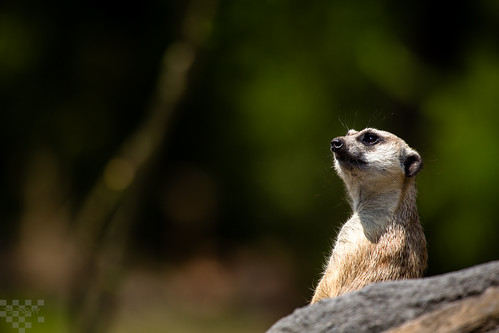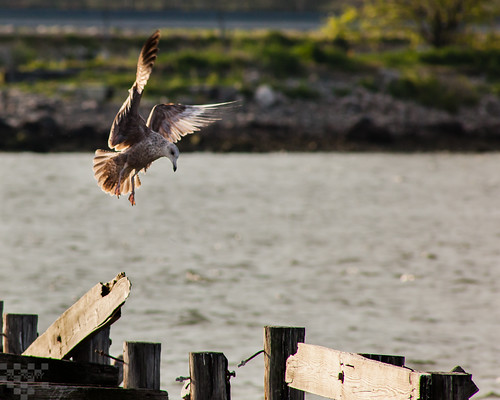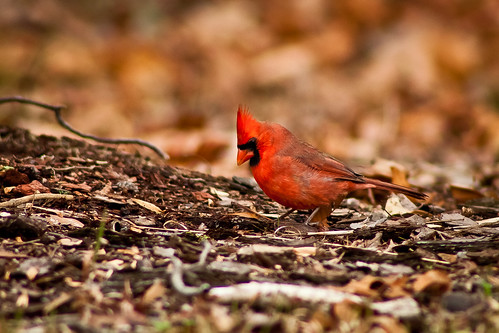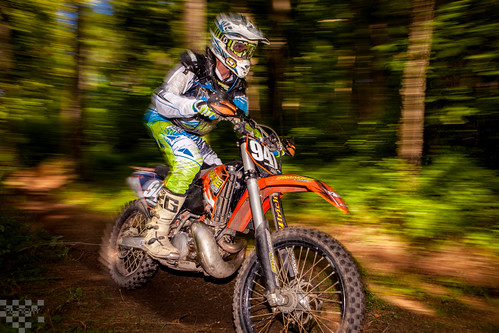Scatterbrained
Been spending a lot of time on here!
- Joined
- Apr 19, 2010
- Messages
- 2,184
- Reaction score
- 1,083
- Location
- Yucca Valley, Ca
- Can others edit my Photos
- Photos NOT OK to edit
I spent a lot of time hunting growing up. I've spent more time than I care to think about sitting in a blind, or up a tree. Animals aren't nearly as unpredictable as you think. They are either meandering, or sitting still, or on the move. There is usually a tell before they get moving. A flick of an ear, a lift of the head to look around, or a crouch when prey is spotted. Even then the need to just "spray and pray", as you are so proud to do, is nonexistent. That's the point of anticipating action. Why do you need 400 pictures of a bear climbing up and down a tree? That's just a waste. What are you going to do with those 400 images? Frame 400 images of a bear climbing a tree up on the wall? Make a book "Cub Climbs Tree"? You seem to insist that you somehow "need" all of these images. I don't think so.Kids don't pose for shots either, neither do racers, or dancers, or birds in flight. My 1Dx takes 14 shots per second and yet I still don't come home with 10,ooo shots in a week. Why, because I can anticipate when to shoot.Quit spraying and praying. Lean to see and compose the shot. Action? It's called "anticipating the shot". Learn to anticipate the "peak action" of a movement rather than just holding down the shutter button and praying you'll get something. Unless you're shooting a full wedding or NFL game every day there is no reason on earth for 10,000 shots a week. None. At that rate you'll wear the shutter of a pro SLR out in a matter of months.Does not really matter to me, because we are only speaking about perhaps .05 percent of total shots, and perhaps .01 percent if you take the tens of thousands of photos that I might take in an active week into account.One of the reasons you (OP) will never be happy is because you think that a good BW image is a good color image with all the colors removed - and that is totally not true.
A good bw image depends on the contrast of tones of white, grey and black.
The absolute worst way to get a good bw image is to take a good color image and take the color out by desaturation.
.
.
.
.
If you really are working in the tech field you should know that certain specialties require B&W monitors and they are still in production. Granted I doubt you could afford a medical grade Eizo 25mp B&W monitor, but they are out there and being manufactured currently.
Jpegs superior to raw? That's gotta be one of the funniest things I've read today. Despite cameras being "digital" that doesn't mean that being "computer literate" translates to being "photography literate". So step back and listen to the people here who know what they are talking about. Derrel is right, your primary obstacle at the moment is yourself. You want to be able to see "thousands" of images at a time in B&W in the off chance that you may have captured something that will look better as a black and white image. That just smacks of desperation to me. It is the epitome of "spray and pray", and something you should be actively seeking to avoid. If it's too time consuming to have to sift through thousands of images, don't take thousands of images. Shoot with intent, not abandon.
Autumn Splendor
Auslese's
Animals do no pose for shots, the joy is in capturing the moments.
Bye the way my camera was designed to take 6 shots per second on purpose, something that you do not seem to understand the reason for.
PS. 6 shots per second, times 1 hour is 21,600 photos, Nikon designed this quite on purpose for people who shoot nature in motion.
I don't feel the need to convert every shot to B&W just to see if it might work. Why? Because I've learned to see and evaluate the tones and contrast in a scene. Tonal contrast is what makes good B&W images. If you're just hoping that an image will magically look better when converted to B&W then you've already got a problem. The image should stand on it's own, color or B&W. You should be able to evaluate an image based on it's composition and tones.13654658605_22c643324e_o
I watched this black bear cub climb this tree, and I watched it's mother return and tell it to come down and leave, because they were being watched. There are 400 shots in this line, I have them all. I missed the bear shots in your link, are you hiding them for some reason?
I bought a 600mm lens thinking I'd like to get into birding and wildlife. You know what I figured out? It bored me to death. While I enjoy getting out in the wild and hanging around with wild animals all day, the images just bore me. Most wildlife photographs are just "pictures of things". Images made to show that you were there and actually saw the animal. Boring. The best wildlife images are ones that use light and atmosphere to create a mood, but those are quite rare. Do you need 400 images to prove that you saw a cub climb a tree? No? Didn't think so. If you really feel like you need to savor every second, just record a video. Most cameras can do that nowadays. It sounds to me like you'd be better served with a camcorder anyhow.
Here's a fun one. This meercat climbed a log and looked around. Then he got down, climbed a rock and looked around. Mostly, he stood and looked around, so you know what I did? I took a picture of him looking around. Not 400 pictures, not even 40. I think I might have taken less than half a dozen total, shot one at a time.
 Is That You Bob? by tltichy, on Flickr
Is That You Bob? by tltichy, on FlickrHere's a seagull coming in for a landing. Manually focused, shot one shot at a time. I may have taken a grand total of three images of this bird.
 Gull Landing by tltichy, on Flickr
Gull Landing by tltichy, on FlickrHere's a cardinal foraging. Did I take 1,000 photos of it? No. Why would I? I think I may have taken 4, maybe 5 pictures of it. What would I do with 100 images of a foraging cardinal that all look almost identical?
 Foraging Cardinal by tltichy, on Flickr
Foraging Cardinal by tltichy, on FlickrThink about sports. I could go to a motorcycle race and only shoot about 700 images, all day, of at least 100 different competitors. One shot at a time. Even then I usually don't publish them because once you've done it once, it gets boring and repetitive.
 Charging Past by tltichy, on Flickr
Charging Past by tltichy, on FlickrWhat would I do with even 10 shots of this guy coming by me? Really? One is enough.




 .
.
![[No title]](/data/xfmg/thumbnail/35/35867-0c74c728d92f908264af585fd93bd36c.jpg?1734167586)

![[No title]](/data/xfmg/thumbnail/35/35931-5e10675f3f7d827bc7ae4689f16bda8a.jpg?1734167723)




![[No title]](/data/xfmg/thumbnail/35/35868-15d995e4052bf05e2038e8b2a545a08f.jpg?1734167589)


![[No title]](/data/xfmg/thumbnail/35/35870-e324e80cd11d99176357e12cd2ba3b8a.jpg?1734167596)
